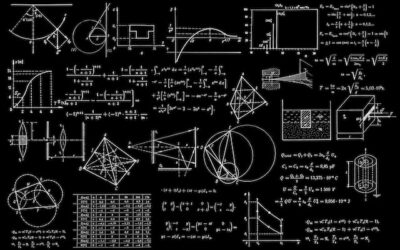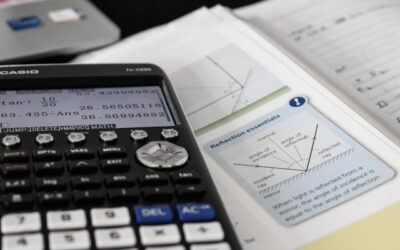The addition rule in probability deals with finding the probability of the union of two or more events. In simpler terms, it helps us calculate the probability of either event A happening, event B happening, or both occurring.
For two events A and B, the addition rule states that:
P(A ∪ B) = P(A) + P(B)
where
P(A ∪ B) is the probability of either event A or event B occurring (the union of A and B).
P(A) is the probability of event A occurring.
P(B) is the probability of event B occurring.
P(A ∩ B) is the probability of both event A and event B occurring (the intersection of A and B).
It’s important to note that when calculating the probability of the union of two events, we need to subtract the probability of their intersection to avoid double-counting the overlapping outcomes. This is because the intersection represents the part that is common to both events, and if we simply added P(A) and P(B), we would count that overlapping part twice.
The addition rule can be extended to more than two events as well. For three events A, B, and C:
P(A ∪ B or ∪) = P(A) + P(B) + P(C) − P(A ∩ B) − P(A ∩ C) − P(B ∩ C) + P(A ∩ B ∩ C)
And so on, for any number of events.
Keep in mind that the addition rule is applicable only when the events are not mutually exclusive. If two events cannot occur simultaneously (i.e., they are mutually exclusive), then the addition rule simplifies to:





0 Comments